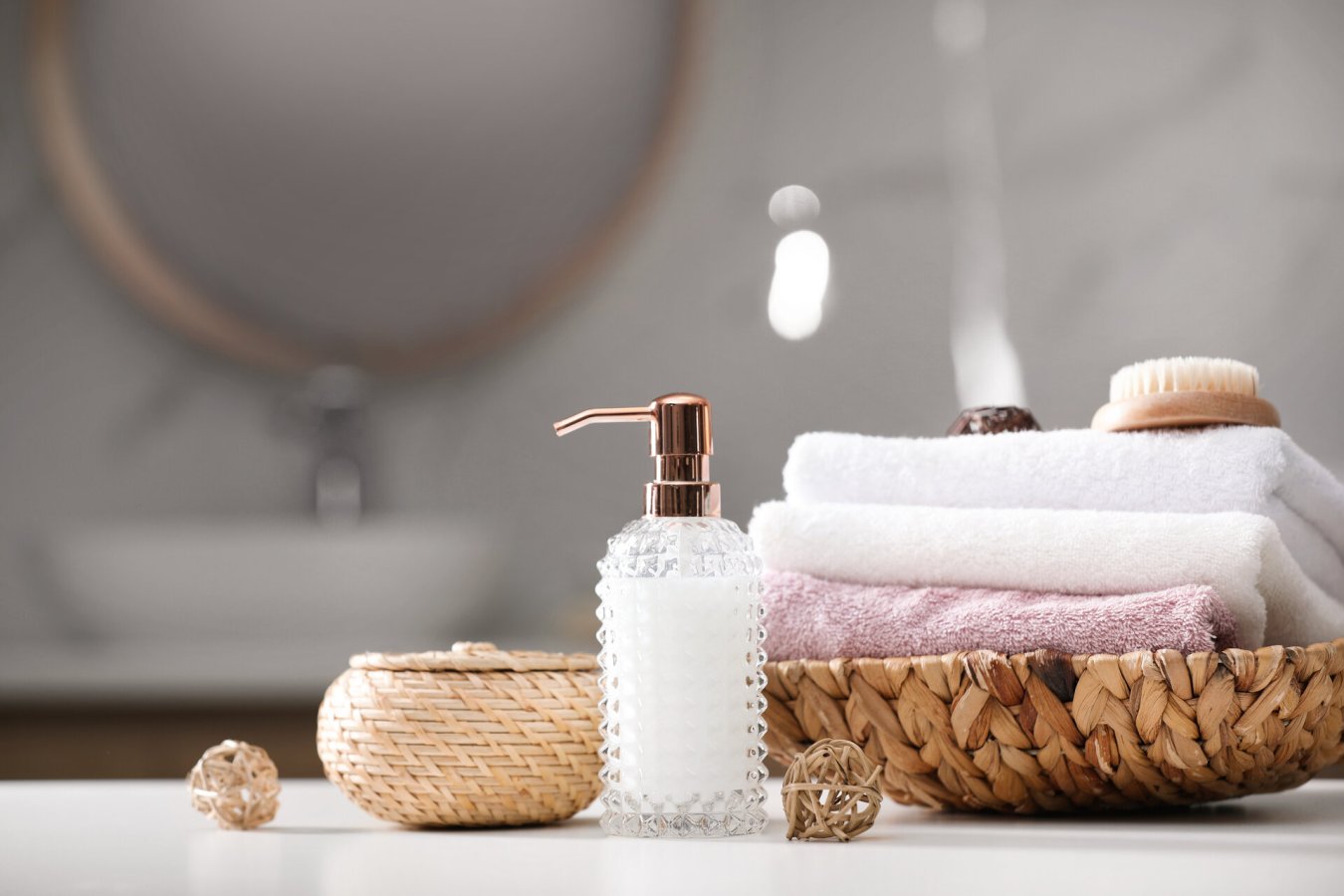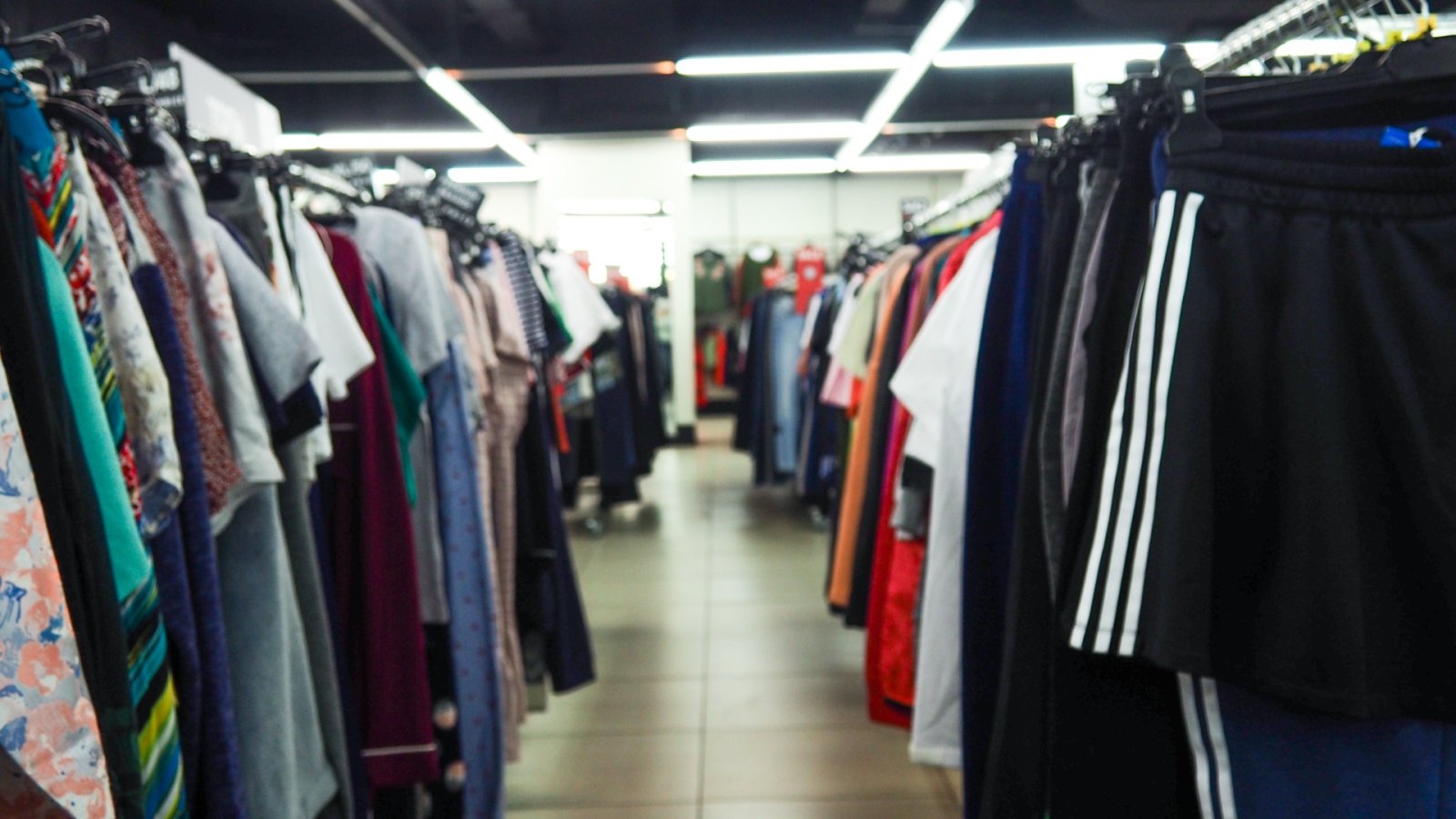Štednja i kupnja već dragih predmeta strast je koju mnogi od nas imaju. Ne postoji ništa uzbudljivije od otkrivanja blaga poput novog topa s etiketama ili nekih vintage hlača s izvrsnim stilom. Ali ni ta sklonost rabljenoj robi nije ograničena samo na odjeću - na lokalnim popisima možete kupiti namještaj po povoljnim cijenama, možete sastaviti zbirku knjiga u dobrotvornim trgovinama, pa čak i potražiti rabljenu elektroniku na internetskim tržnicama .
Iako je ušteda novca dobra, održivi život odlična je motivacija za odabir starog umjesto novog. Proizvodnja neobrađenih materijala i proizvoda iznimno je zahtjevna za resursima, a koristi neobnovljive resurse poput vode, zemlje, fosilnih goriva i više. Uz brzu modu koja svake sezone izbacuje toliko odjevnih predmeta, naš planet jednostavno ne može unedogled držati ovaj tempo potrošnje. Produžujući vijek trajanja artikala koji su već u optjecaju kupnjom rabljenih proizvoda, dajete svoj mali doprinos smanjenju potrošnje novih sirovina.
U duhu poticanja održivijih praksi, ovaj članak dijeli neke štedljive savjete. S već omiljenim opcijama možete osvježiti svoj stil i pritom brinuti o okolišu. Dakle, čitajte dalje!
1. Uštedite novac
Neki od najluksuznijih odjevnih predmeta dolaze iz trgovina rabljenom robom: možete pronaći Burberry hlače u dobrom stanju, vintage komade Christiana Diora ili čak vintage Guccijeve torbice koje su i danas moderne. Nevjerojatna vrijednost ovih vrhunskih dragulja dovoljna je motivacija da temeljito istražite svoje lokalne trgovine rabljenom robom.
Iako takve ponude luksuznih robnih marki nisu zajamčene na svakom štedišanju, gotovo je sigurno da ćete otkriti dobro izrađene, visokokvalitetne dodatke svojoj garderobi po djeliću uobičajenih maloprodajnih cijena. Čak i pronaći svakodnevne stvari u nježno korištenom stanju znači trošiti manje na odjeću i oslobađati sredstva za druge prioritete.
2. Uvijek imajte strpljenja
Štednja se u početku doista može činiti neodoljivom, s toliko mnogo polica koje treba pročešljati. Mnogi odustanu nakon samo jednog žurnog odlaska u trgovinu rabljenom robom. Međutim, da biste razvili oštro oko za skrivene dragulje, potrebno je posvetiti malo vremena i vježbati strpljenje. Dobra je vijest da vještina brzo raste s redovitim štedljivim iskustvom.
Dok nas prodavači brze mode pokušavaju uvjeriti da su nam najnoviji trendovi potrebni odmah, priprema visokokvalitetne, održive garderobe postupan je proces. Polaganost pri štednji pomaže vam da se usredotočite samo na komade koje ćete istinski voljeti i koristiti godinama koje dolaze. I tko zna - uz malo strpljenja, ta vintage Prada torba na koju ste bacili oko možda jednog dana osvane među policama.
3. Budite kreativni
Ako ste nekada kupovali isključivo u redovitim trgovcima, možda ste primijetili da odjeću kupujete više na temelju onoga što je bilo popularno na društvenim mrežama, a ne na temelju onoga što vam uistinu pristaje. Svi smo bili tamo! Ovi artikli vođeni trendovima često se ne uklapaju u vaš životni stil i mogu vas ostaviti nezadovoljnima. Jednom kada prihvatite štedljivost, vaše iskustvo kupnje se mijenja.
Možda ćete otkriti slobodu istraživanja različitih estetika bez pritiska da slijedite trendove točno onako kako se na tržištu. Neka internetski trendovi posluže kao inspiracija za ono što biste mogli pronaći dok štedite. Više se nećete osjećati prisiljeni uhvatiti svaki prolazni modni val.
5. Pronađite svoj stil
Modni trendovi vrlo su ciklični, a suvremeni stilovi često se pozivaju na inspiracije iz prošlih desetljeća. Jastučići za ramena koji podsjećaju na 80-e, traperice ultraniskog struka koje podsećaju na rane 2000-e, i preppy prsluci iz 1930-ih ponovno su postali važni.
Trgovine rabljenom robom nude sjajnu priliku za nabavu autentičnih vintage verzija ovih trendova koji se ponavljaju, obično uz djelić maloprodajne cijene. Iako će možda trebati malo strpljenja da biste pronašli komade u željenom obliku i stanju putem pregledavanja rabljenih stvari, radost otkrivanja čini svako blago vrijednim potrage. Pobijediti brzu modu u njezinoj vlastitoj igri nabavom pravih komada baštine neizmjerno je zadovoljstvo - i pomaže vam izgraditi svoj autentični stil.
6. Usporite kupovinu
U digitalnoj eri previše je jednostavno bezumno dodavati artikle u naše košarice jednim klikom prije nego što u potpunosti razmotrimo svoje potrebe ili učinak. Ipak, prečesto isporučeni paketi sadrže kupnje za koje se ne možete sjetiti da ste naručili, prepuni vaše prostore neiskorištenom odjećom.
Štedljivost potkopava ovaj impuls aktivnim traženjem. Na primjer, ako vas privlači novi par čizama, vaša potraga može uključivati zaustavljanje u više dućana rabljene robe, pregledavanje konsignacijske trgovine i pretraživanje stranica za preprodaju kao što su eBay ili Vinted. Do trenutka kada iskopate taj par, uložili ste pravi napor - i istinski ih želite.
Ovaj vas proces usporava u promišljenom razmišljanju! Potiče na ispitivanje onoga što je potrebno vašem ormaru umjesto na bezumno konzumiranje trendova. Umjesto pasivnog gomilanja, štednja njeguje namjeru i svjesnost u izgradnji održivog ormara. Dakle, koji su vaši savjeti za štednju?






